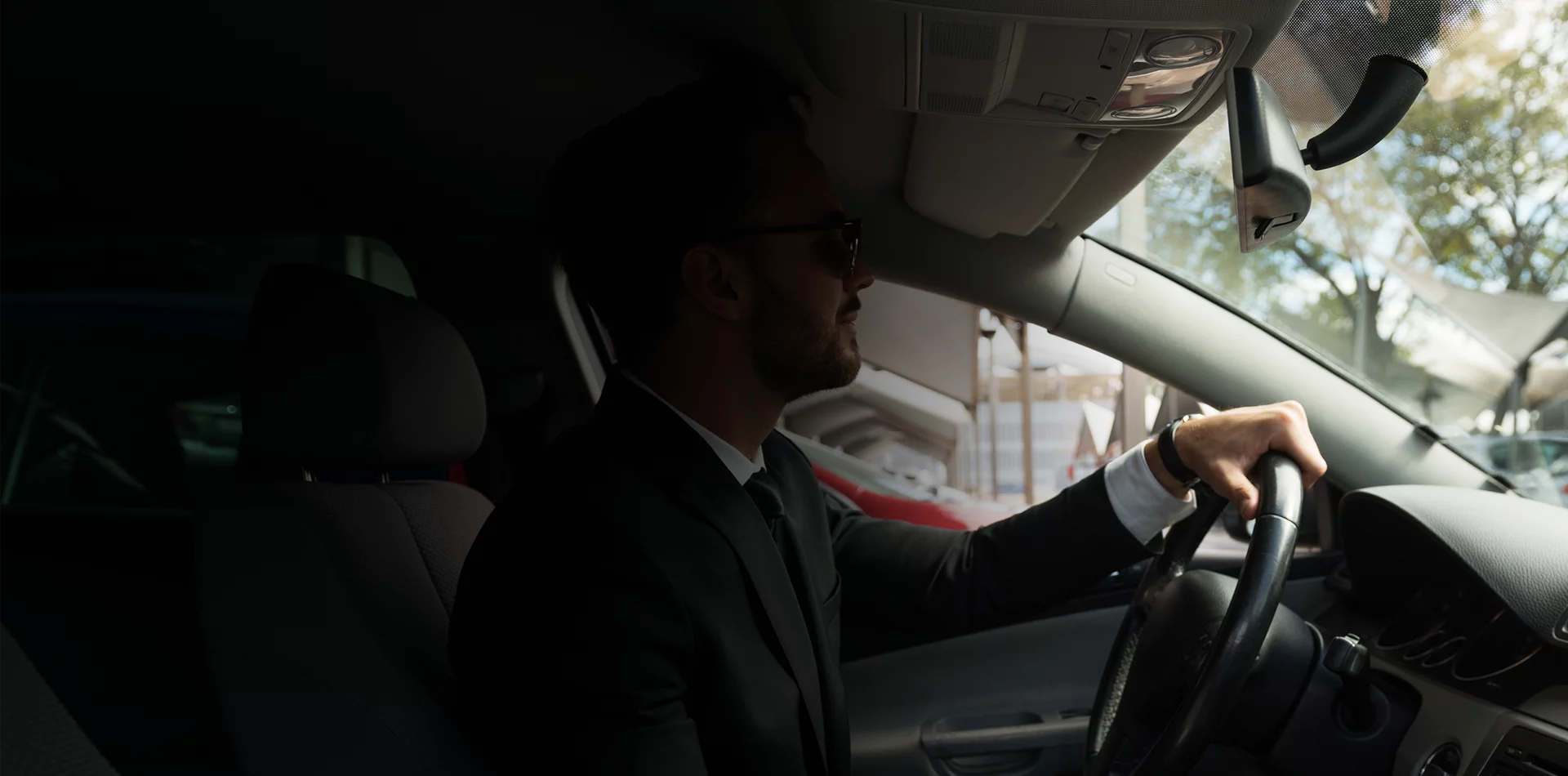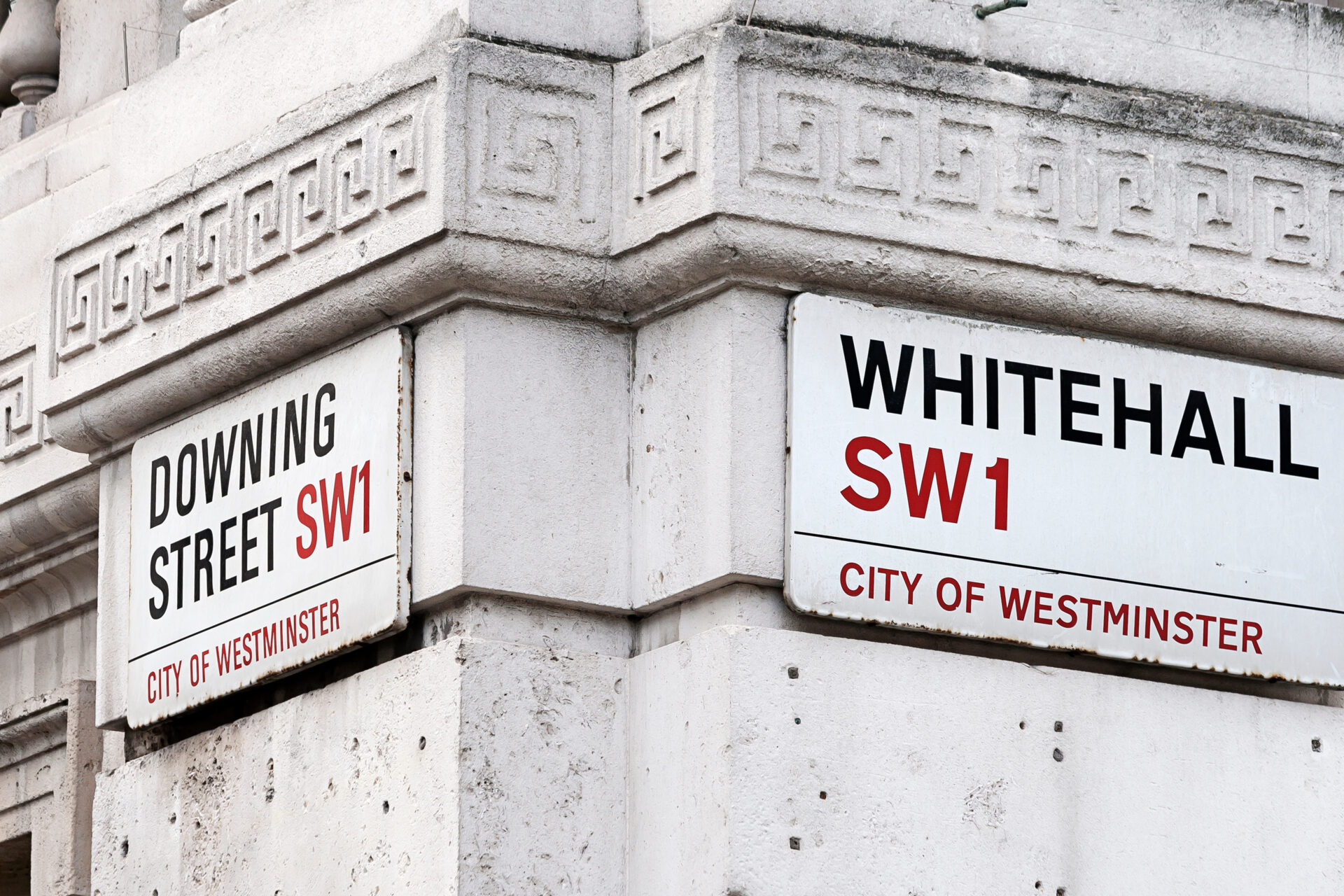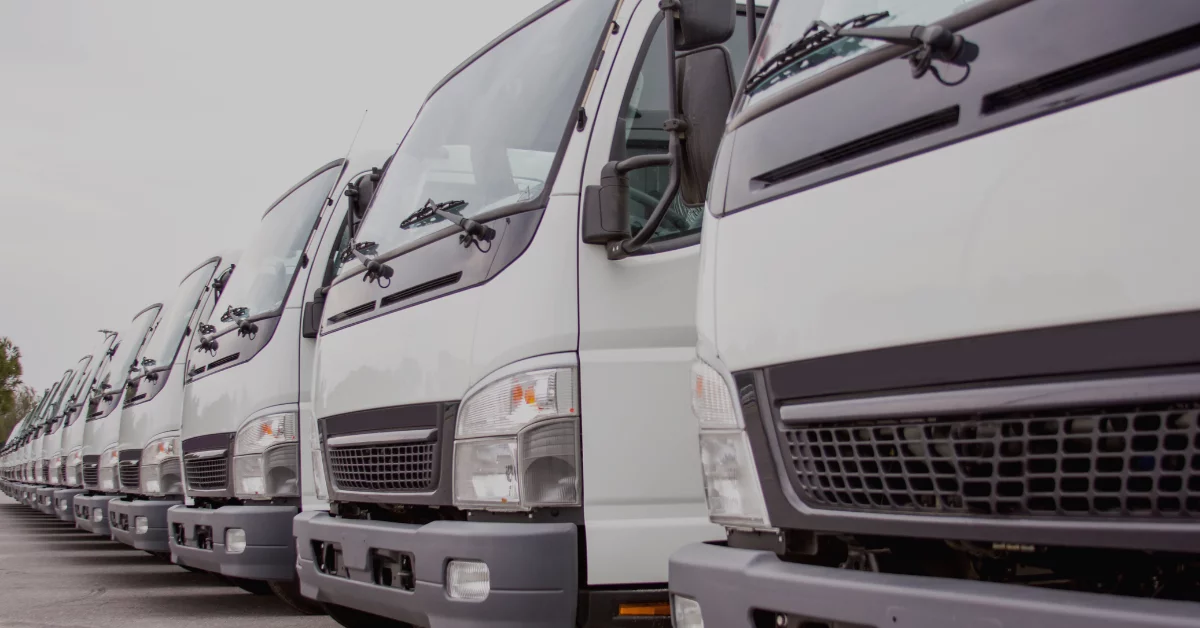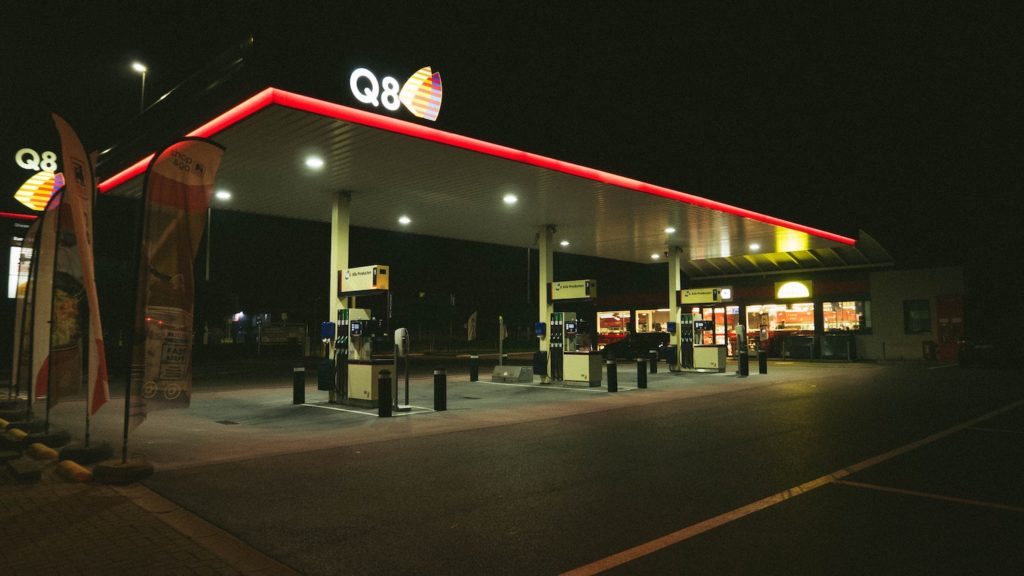Mileage allowance payments can be complicated. This guide takes you through the whole process to show why mileage calculation is so crucial.
The basics of mileage allowance payments
When it comes to paying an employee’s fuel expenses, it’s vital that an accurate mileage is recorded, and that these journeys are purely for business purposes. However, the process can be confusing if you’re new to it, so let’s break it down.
If you’re an employer and your employees are using their personal vehicles for business journeys, then whatever you pay them to cover the costs of running their vehicles is known as a Mileage Allowance Payment, or MAP.
But how much can you pay? HMRC publishes Approved Mileage Allowance Payments (AMAPs) which are the maximum amounts you can pay an employee without having to report it to HMRC. These tax-free flat rates are currently set at 45p for the first 10,000 miles for cars and vans, and 25p for any miles thereafter. For motorbikes, the rate is 24p regardless of distance, and for bicycles it’s 20p, also regardless of distance.
Additionally, employees are able to be paid another 5p for each passenger in a vehicle, as long as the passenger in question is also an employee and it’s a necessity for them to undergo this journey.
These AMAPs are not compulsory, but if an employer doesn’t pay this amount, employees are eligible for tax relief (known as Mileage Allowance Relief, or MAR) up to the full rate. Conversely, if an employer pays an amount higher than the rate, this must be reported on a P11D and tax must be deducted from the excess.
Calculating mileage allowance
Because these precise guidelines are in place, it’s important to be equally precise with your employees’ business mileage. They will need to log the date and purpose of the journey, as well as the distance travelled.
There are numerous ways of keeping track of each business mile travelled. Your business may use fuel cards, and there are some fuel card providers who offer the functionality to track mileage.
Alternatively, you could use an online mileage calculator. There are countless options for this, but a couple of the most simple and popular ones are mileage calculators provided by The AA and The RAC. These are particularly useful if an employee has completed a journey but didn’t log the miles at the time, although be sure you map the exact route taken and not a suggested one between two destinations.
Once you’ve calculated your mileage, you can be safe in the knowledge that you won’t be overpaying or underpaying your employees.
For an example of this in practice, HMRC offers the following mileage calculation: “Your employee travels 12,000 business miles in their car – the approved amount for the year would be £5,000 (10,000 x 45p plus 2,000 x 25p).” It’s as simple as that.
What about company cars?
These AMAPs don’t apply to company cars, so fuel expenses must be calculated differently. Rather than flat rates, HMRC publishes Advisory Fuel Rates every quarter. As the name suggests, these rates are suggestive, and not as definite as AMAPs. They will vary based on the specific vehicle’s engine size and fuel type.
But it’s still important to calculate mileage if you’re using this system. HMRC says that if you pay more than the advisory fuel rates but can’t prove that the fuel cost per mile is higher, then much like AMAPs, you’ll have to treat any excess as taxable.
It’s worth reading about HMRC advisory fuel rates in more depth if you use company cars, but whichever system of fuel repayments you use, it’s vital you keep track of each employee’s mileage rate.
Am I eligible for AMAPs if I have a car allowance?
A car allowance is an increasingly popular benefit offered by employers wherein a bonus is added onto an employee’s salary which they can put towards costs associated with a vehicle, be that paying off a vehicle they already have or funding a new one. Some employers prefer this option to company cars. There is no government guidance for this rate so the amount will vary depending on the employer, and it’s worth bearing in mind that a car allowance is taxable, unlike AMAPs.
As to whether this allowance can be used alongside AMAPs, the answer is yes. Although many employers don’t pay both, employees can claim this themselves. Employers who offer car allowance will often pay a reduced rate of mileage allowance because the costs that the mileage allowance covers – such as maintenance – are already covered by the car allowance.
If this is the case, however, employees are still well within their rights to submit an application for mileage allowance relief, although this can be a tedious and slow process.
Do HMRC check mileage claims?
Yes they do. In fact businesses have been known to receive hefty fines from HMRC for inaccurate mileage tracking, which then of course leads to inaccurate payments. Obviously, this is something you want to avoid, which is why it’s so important to keep a precise log of any business journeys.
As long as your records are accurate, and your employees are paid the approved rates, then you shouldn’t have any problems with HMRC, and your processes for reimbursing drivers should be smooth and stress-free.
For an equally smooth and stress-free way to handle all of your business expenditure, including travel expenses, consider Soldo’s smart prepaid system. With Soldo you can assign prepaid cards to travelling employees, so team members on the road are financially empowered while you remain in control. And should they ever need a top-up, you can transfer additional funds from anywhere. In addition, Soldo’s fuel cards can be used at any petrol station, offering greater versatility than most fuel cards on the market.
With Soldo, business travel has never been easier. Sign up today and see how Soldo can supercharge your finances.














